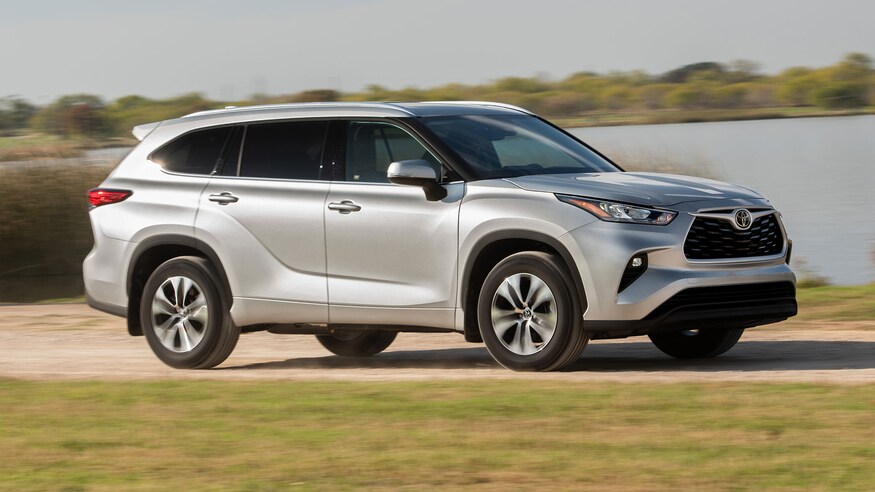When you drop your car off at the body shop, you’d expect the technicians would be up-to-date on the latest repair procedures for your car, right? You would assume this would be a given, especially if there are significant changes between model years to ensure a safe repair, right? Unfortunately, not every shop does this and who pays the price? You do.
Often times, car manufacturers like Toyota are updating their repair guidelines to accommodate any changes made to their vehicles. We at Cherry Hill Collision are always educating our technicians on these repair procedures so we can provide you with the safest repair possible for your car. An out-of-date repair can put your life at risk, and we never want that to happen. In this blog, we’re going to discuss the latest changes made to the Toyota Highlander so you know what to expect in the repair process.
Every year, new models are released showcasing modern additions and the latest safety technologies. The new 2020 Toyota Highlander has an entirely different unibody structure from the previous 2019 model.
If you own a Toyota Highlander and are needing repair here in New Jersey, you want to take your car to be repaired somewhere that is aware of the changes Toyota has made in their Highlander models from last year to this year. If a technician repairs a 2020 model the same way they would a 2019 model, there’s no guarantee how safe the repair would be. If repaired improperly, it won’t accommodate the extensive changes to the architecture in the 2020 model and your safety would be at risk.
Any technician can promise you they can “fix” your car. But what you need more than fixing is taking your vehicle to a body shop that knows the different structural and auto body elements from the 2019 Toyota Highlander to the new 2020 model. This is just as important as knowing the difference between repairing steel materials or aluminum, as some cars like the Highlander might be a combination of both materials.
Repairing Steel vs. Aluminum:
You may not realize there is a significant difference between repairing steel versus aluminum on cars, other than they are different metals that can form into vehicle bodies, but that’s where the comparisons end. Aluminum reacts differently to heat, which is why it can’t weld like steel. The heated zone on an aluminum weld would be more significant than a steel weld.
A lot of body shops don’t realize if they performed an aluminum-based repair with the same materials they’d use for steel, it would lead to galvanic corrosion (rusting) in your car. You may not even realize it right away, but it’s for reasons like this why we are always looking up any changes in vehicles when a new model is released. Repairing aluminum requires specific knowledge and a separate clean room to protect your car from any potential contamination. This can be as little as microscopic airborne steel flakes. Clean rooms are the only way your aluminum-based Toyota should be repaired. Otherwise, galvanic corrosion will be inevitable.
What does this mean for Toyota Highlander owners?
The differences between the 2019 and 2020 Highlander is far more than the advancements in technology. The latest model is mostly composed of high-strength steel, but not entirely. Because the 2020 Highlander was manufactured the same way as the 2019 RAV-4 on the TGNA-K Platform, Toyota also said it has similar lightweight aluminum parts in the fenders, hood, and liftgate. This is why a technician must know which areas are steel and aluminum. Otherwise, as you read above, it can lead to damaging corrosion on your car.
Your repair could take longer than it should:
Like with most SUVs manufactured today, the Highlander is available in three different grades: L, LE, and XLE. The 2020 Highlander also has an optional towing package. According to Toyota, the towing package adds “a heavy-duty radiator with engine oil cooler and improved fan performance.” If a technician doesn’t pay attention to the specific model they are repairing, this can cause the repair on your car to take much longer than it needs to. They might order the wrong trim’s parts, and as a result, your repair is delayed.
Additionally, the glass on the Highlander provides “sound-damping and soundproofing materials” throughout the car. In order to achieve that quieter ride, Toyota uses a new configuration of specialized OEM glass. If your car requires glass repair of any capacity, technicians must use the same unique glass Toyota manufactured your car with. Otherwise, your car will have a whole new set of problems that weren’t there in the first place. A louder ride is only the beginning of any new problems. This is because your car’s windshield isn’t just glass, but is part of what creates the overall structural integrity of your car.
Why Choose Us
We at Cherry Hill Collision know that it can be hard finding a body shop you can trust when so many places have untrained technicians. We want to show you how car repair is done right by providing you the highest quality in collision repair performed by our team of highly trained technicians, who are constantly looking up what the manufacturer tells us. Our customers are our number one priority, which is why we intend to provide you with a fast repair that has safety and quality as the top priorities so you can return to a normal life, as soon as possible.
We are also proud to be able to say we are I-CAR Gold Class trained so that we can ensure every single vehicle leaves our shop precisely repaired with the most up to date standards so you and your passengers are safe.
Let us help you with your auto repair process by calling (856)-663-0500. Or to schedule an appointment or get an online quote, click here to get started or click any of the buttons below!
We look forward to hearing from you and helping you with your auto repair needs!


